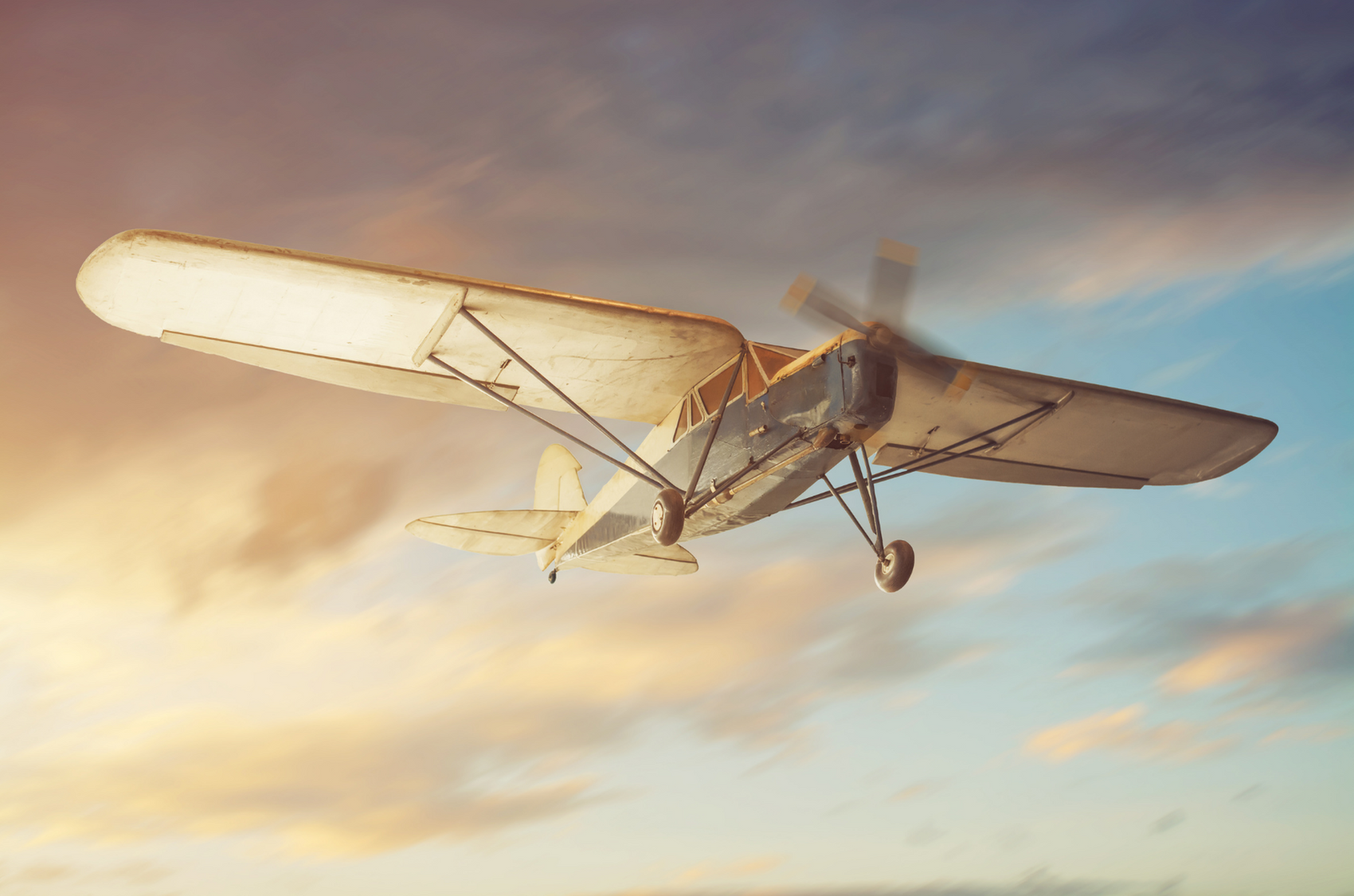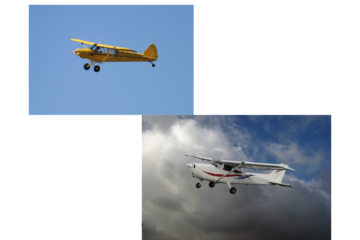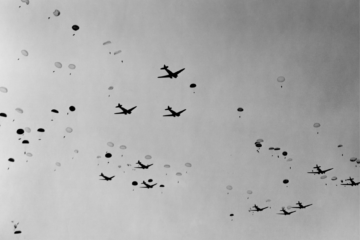The Licensing Process

The first place many people start on their journey to becoming a pilot, is to take a series of classroom lessons called Ground School. Ground School is 40 hours of theoretical knowledge you will need to study in order to understand how to fly.
Although the Ground School is very helpful for exposing you to new information, I recommend finding alternative ways to study as well, because a good pilot needs more than just basic theory, a good pilot wants to immerse in the topic from multiple angles!
There are some online ground schools that may be more user-friendly than the typical classroom setting. Additional books, podcasts, and practice exams can also be very helpful resources.
Ground School is usually offered as a course, completed a few hours at a time over a span of weeks or months. When you are finished the 40 hours, you will take a written exam. The exam will be 100 questions, with categories in Airlaw, navigation, meteorology (weather), and general knowledge. You need to get at least a total of 60 of the answers correct in order to pass, and at least 60% out of each category as well. If you get less than 60% in one category, even if your total is higher than 60% for the whole exam, you will not pass.
At the same time that you are working on your ground school, it’s a really good idea to start your flying lessons as well. Before you take the written exam, you’ll need to have at least 10 hours of flight time logged.
Your first flight will be fairly short. The instructor will take you up for about 25 minutes to show you some basic maneuvers. You will get a chance to fly the airplane for a while when you get to a safe altitude. This first flight is a good chance for your instructor to figure out what kind of person you are. Whether you are happy, excited, nervous, or sick, is a good indication of how to progress with your flight training in the future.
Your first 10-20 hours of flying will focus on basic maneuvers.
- You will learn how to fly straight without gaining or losing altitude.
- You’ll learn how to takeoff, turn, land.
- How to do emergency checklists.
- How to operate the radio.
When your instructor feels that you are ready, he will send you flying solo. This means, you will fly the aircraft by yourself! The requirements for going solo are that you are at least 14 years old, have a radio licence, a valid medical, and have passed an Airlaw test. These can all be accomplished with a little studying and a visit to a doctor.
After you have soloed, you move into a more complex, more fun stage of training, where your instructor will take you flying to show you something, and you’ll have an opportunity to practice it by yourself later on. (You won’t be able to take any passengers yet, that comes once you have your licence.)
When you are more comfortable with all the maneuvers and handling of the aircraft, you’ll go on your cross-country flight. You’ll likely fly to a couple airports nearby first to get familiar with a new place. Then for your actual cross country flight, you’ll fly a total of at least 150 nautical miles, and you’ll land at two other airports. These flights involve a lot of extra planning and preparation that you won’t have if you’re just flying around locally. You’ll fly the cross-country route with your instructor first, and then solo afterwards.
After you finish all of this, you’ll take your flight test. This is about an hour and a half long flight with an examiner, who will go through everything you have learned. As well, you will spend some time on the ground where the examiner will ask you all kinds of questions regarding your flight planning, weather preparation, etc.
This, in a nutshell, is the licensing process to get your Private Pilot’s Licence. It’s a combination of hard work, time, studying, and practice that prepare you to face flying single engine planes with confidence!



0 Comments